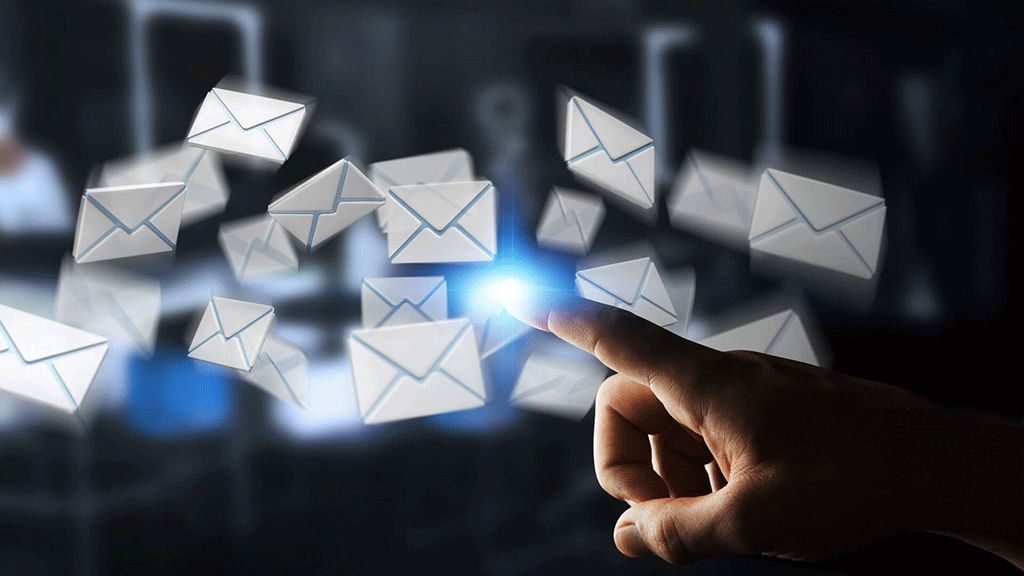“Good marketing makes the company look smart. Great marketing makes the customer feel smart.“
~ Joe Chernov
Introduction to Email Marketing Strategies and Campaigns
In today's digital age, email marketing remains a pivotal component of a successful marketing strategy. Whether you're running a small business, a large corporation, or anything in between, understanding the nuances of email marketing is essential for connecting with your audience and driving growth.
At its core, email marketing is more than just sending out newsletters and promotional offers. It's about building relationships with your customers, understanding their needs, and delivering content that resonates with them. But where do you begin? How do you ensure that your email campaigns stand out in an overflowing inbox? And most importantly, how can you craft strategies that are not only effective but also adaptable to the ever-evolving landscape of digital marketing?
In this post, we'll discuss email marketing strategies and campaigns. You'll discover how to tailor your approach to suit different industries, learn the steps to launch your very first email campaign and explore advanced tactics designed for experienced marketers looking to take their strategies to the next level.
From segmentation and personalization to analytics and A/B testing, we'll cover the key elements that make up a successful email marketing campaign. Plus, you'll gain insights into avoiding common pitfalls and leveraging the latest trends to keep your campaigns fresh and engaging.
Crafting Effective Email Marketing Strategies for Different Industries
Email marketing isn't a one-size-fits-all solution. Each industry comes with its unique set of challenges and opportunities, and understanding these nuances is key to crafting effective email marketing strategies. Tailoring your approach to your specific industry not only enhances relevance but also significantly boosts the chances of engaging your audience effectively.
By taking the time to understand your industry's unique characteristics and audience and by crafting your email marketing strategy accordingly, you can create more effective, engaging, and successful email campaigns.
Understanding Your Industry's Audience
Before diving into the specifics of your email marketing strategy, it's essential to gain a deeper understanding of your audience. What works for a fashion retailer might not resonate with a B2B software company's clientele. Start by asking yourself these questions:
- Who is my target audience?
- What are their pain points and interests?
- How do they prefer to receive and interact with emails?
Personalization and Segmentation
Once you have a clear understanding of your audience, the next step is personalization and segmentation. This involves dividing your email list into smaller, more focused groups based on certain criteria like demographics, past purchases, or engagement levels. For instance, a travel agency might segment its list into business travelers, family vacationers, and solo adventurers, tailoring content to each group's specific needs and preferences.
Industry-Specific Content
The content of your emails should speak directly to the interests and needs of your industry's audience. For a healthcare provider, this might mean sharing health tips, appointment reminders, and wellness program updates. In contrast, a tech company might focus on product updates, tech news, and user tips. The key is to provide value in every email, positioning yourself as a helpful and knowledgeable resource in your field.
Timing and Frequency
Understanding the best times to send emails and how often to send them is also important and varies by industry. For example, a restaurant might send weekly updates about specials or events, while an e-commerce site may have more frequent communications around sales and new product arrivals.
Measuring Success
Finally, no email marketing strategy is complete without a plan to measure success. This involves tracking metrics such as open rates, click-through rates, and conversion rates. More importantly, it means continually adapting and refining your strategy based on this data.
Launching Your First Email Campaign
Kicking off your first email campaign can be both exciting and yet seem a bit daunting. However, with a structured approach, you can launch your campaign confidently and effectively. Here's a quick overview of this process.
- Define Your Goals: Before anything else, it's important to define what you want to achieve with your email campaign. Are you looking to increase sales, boost website traffic, or perhaps improve customer retention? Setting clear, measurable goals will guide your strategy and is how you evaluate success.
- Build Your Email List: A successful email campaign starts with a robust email list. Focus on building a list of subscribers who have opted in to receive your communications. You can grow your list through website sign-ups, social media promotions, or physical locations, depending on your business.
- Choose an Email Marketing Platform: Selecting the right email marketing platform is pivotal. Platforms like Mailchimp, Constant Contact, or SendGrid offer various tools to create, send, and track emails. Choose one that aligns with your budget, technical proficiency, and specific needs..
- Segment Your Audience: Segment your email list based on criteria relevant to your goals and audience. This could be demographic information, past purchasing behavior, or engagement levels. Segmentation allows for more targeted and relevant messaging.
- Craft Your Message: Now, it's time to create your email content. Your email should be clear, engaging, and aligned with your goals. Ensure your subject line is compelling and your call-to-action (CTA) is clear. Remember, personalization can significantly increase engagement.
- Design Your Email: The design of your email should reflect your brand and be visually appealing. Many email marketing platforms provide templates that you can customize. Ensure your design is mobile-friendly, as many users read emails on their smartphones.
- Test and Optimize: Before sending your email to the entire list, conduct A/B testing with a small segment. Test different elements like subject lines, email designs, or CTAs to see what resonates best with your audience.
- Schedule and Send: Choose the best time to send your email based on your audience's habits. This may vary depending on your industry and the demographics of your audience.
- Analyze and Adjust: After sending your email, analyze the results. Look at open rates, click-through rates, and conversions. Use these insights to refine and improve your future campaigns.
Launching your first email campaign might seem like a lot of steps, but each one plays a role in ensuring the success of your campaign. With each email you send, dig in to gain more insights and become more skillful at engaging your audience effectively.
FAQs on Email Marketing Strategies

See you out there!



